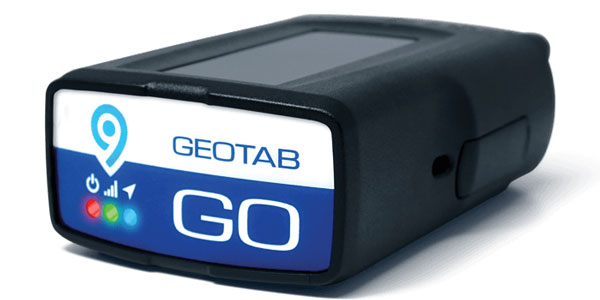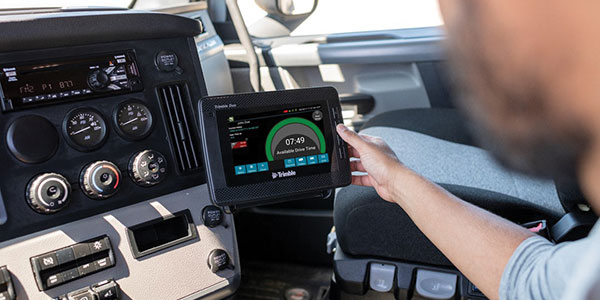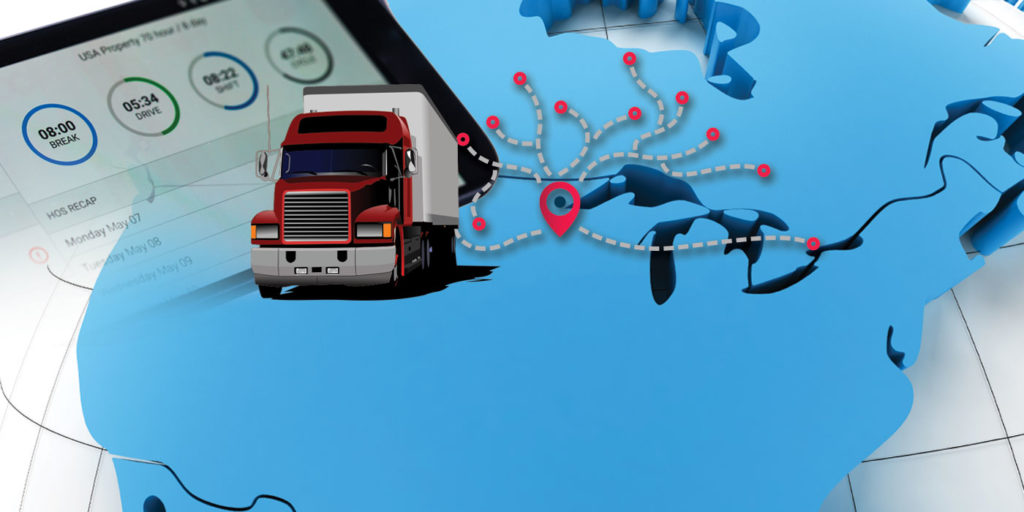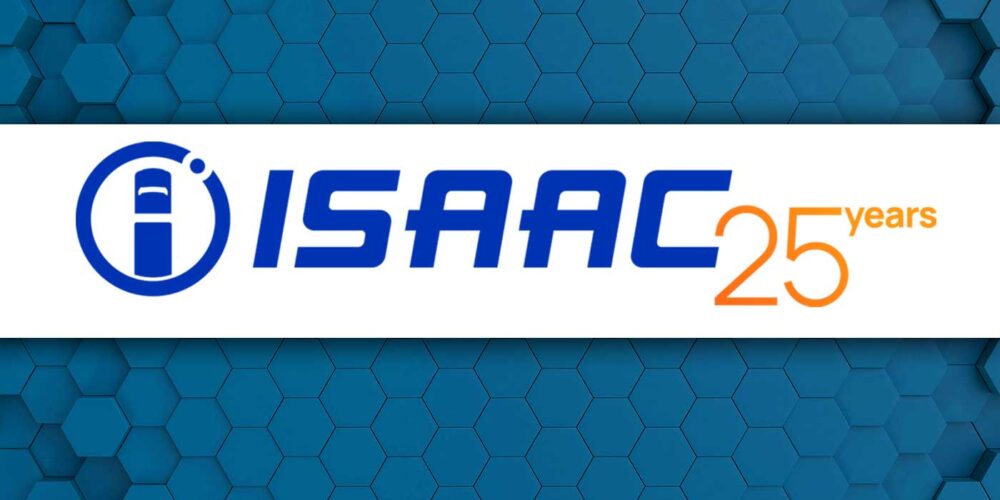Cross-border cooperation can be a thing of beauty, as anyone who has heard the beautiful harmonies of Crosby, Stills, Nash and Young or watched another Nash (Canadian Steve Nash) lead revolutionary offensive play on the Phoenix Suns in the mid-’00s can attest. However, if you operate a business in both the U.S. and Canada you can’t forget that, while the two nations are similar on the surface, they have their own sets of differing regulations and laws, and you will need to abide by both.
If any of the more than 5 million trucks that cross the Canadian/U.S. border each year are part of your fleet, you need to know about the upcoming Canadian ELD rule.
In June of this year, Canada will implement an ELD mandate similar to the one the U.S. Dept. of Transportation made mandatory in December of 2019. The two-year phase-in period for this mandate ends on June 12, meaning fleets that plan to operate in Canada will need to have a compliant ELD by that date.
While similar, the Canadian mandate is not identical to that of the U.S.
“For fleets that are moving across the U.S./Canada border regularly, the question is how to remain compliant with this new regulation and choose ELDs that comply with both countries’ standards,” says Kevin Aries, head of global product success for Verizon Connect. “There are differences in requirements for certification of ELD devices. For instance, in the U.S., ELD manufacturers can self-certify devices. In Canada, third-party vendors are tasked with certifying devices set by the government.”

“This means that even if a manufacturer shows up on the registered ELD list in the U.S., there is still a possibility that the solution may not be fully compliant with the FMCSA’s technical specification and is at risk of being removed from this list,” says Scott Sutarik, vice president of commercial vehicle solutions at Geotab.
“In addition, it is critical that your current ELD provider is certified in both countries,” he continues. “If your provider is currently self-certified in the U.S. but fails to obtain Canadian certification by June, your ELDs will not be valid or compliant when your drivers cross the border into Canada.”
Beyond certification

Certification may be the biggest difference between the two ELD rules, but it’s not the only one. Three additional differences include:
A need for driver training: “Guidance on rules impacting items such as malfunction and diagnostic events [M&Ds], personal use of the vehicle and EROD transfers each have subtle to large differences that will likely require driver training, especially for drivers who operate in both the U.S. and Canada,” notes Glenn Williams, vice president of product management for Trimble Transportation.
Transfer differences: Another key difference between the two mandates, Geotab’s Sutarik adds, is that Canadian drivers will not transfer logs electronically to a federal system the way that U.S. drivers are required to transfer logs to eRODs. Instead, drivers will be required to email a transfer file to officers.
Minimum requirements: “Canadian ELDs are required to meet the Technical Standard for Electronic Logging Devices,” Sutarik notes. “This standard specifies the minimum requirements for an ELD to be compliant with the specifications set out by the Canadian Council of Motor Transportation Administrators [CCMTA].”
ELD fundamentals still apply
This means that, as with the U.S. rule, the key is in finding an ELD that can do everything you need it to do.
“Despite the differences in mandate requirements, the Canadian and American ELD regulations have proven to be similar in many respects such as ELD feature requirements,” Sutarik says. “These requirements include, but are not limited to, engine synchronization, GPS tracking, automatically capture drive time, on-screen display and more.”
“We are committed to providing customers with a solution that not only complies with the Canadian mandate, but fits within their business to drive increased efficiencies throughout their fleet,” Trimble’s Williams says.
“Ultimately, it’s important to find a device that is certified in both countries to help keep operations streamlined. Understanding the certification process of both countries helps empower fleet managers to make the best decision for the business and to stay compliant across both sides of the border by June,” Verizon Connect’s Aries concludes.
The bottom line: if you want to continue your business’s cross-border harmony, study up and make sure your ELDs are compliant in both countries.
RELATED: Need an ELD buying guide? FE has one for you here.













